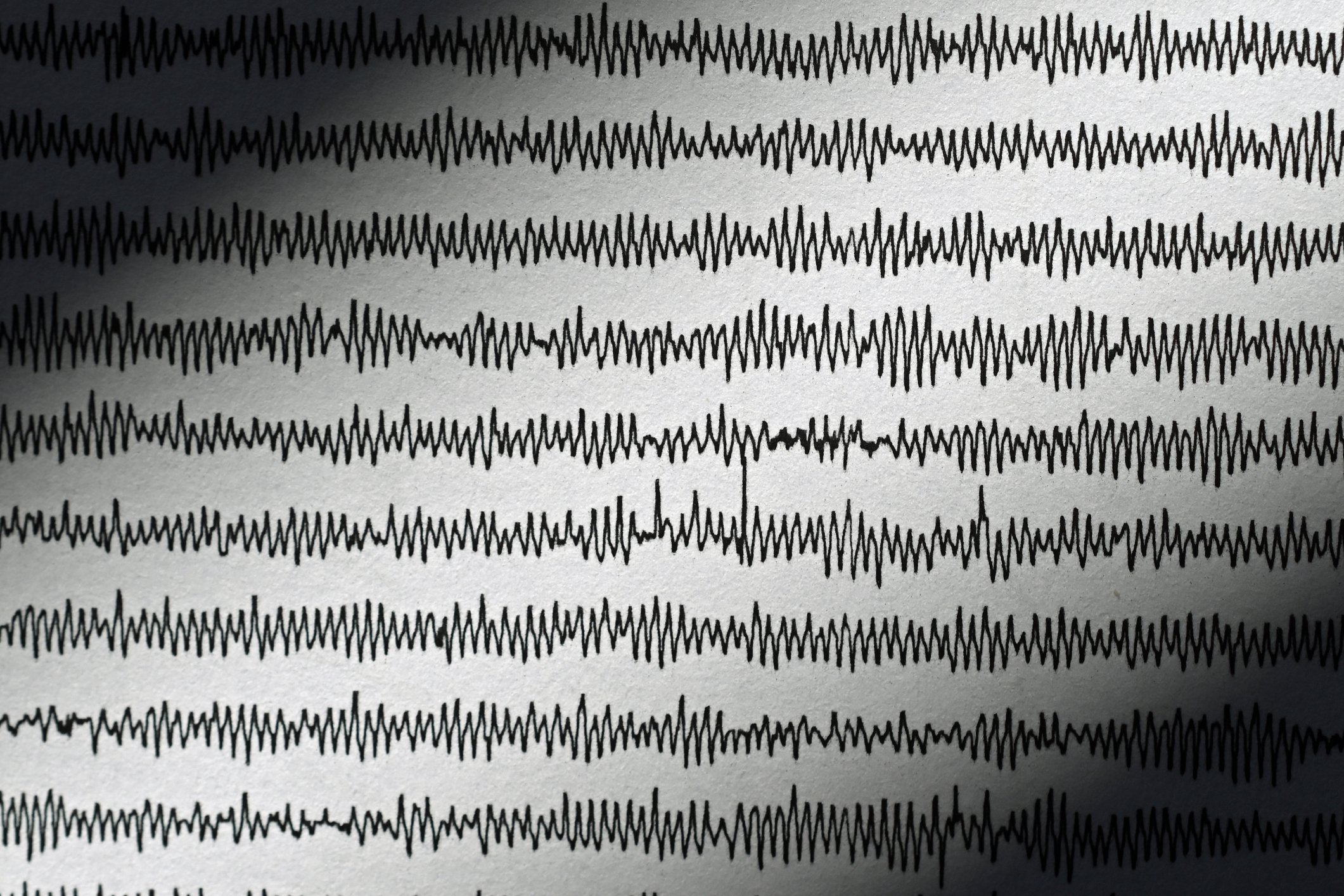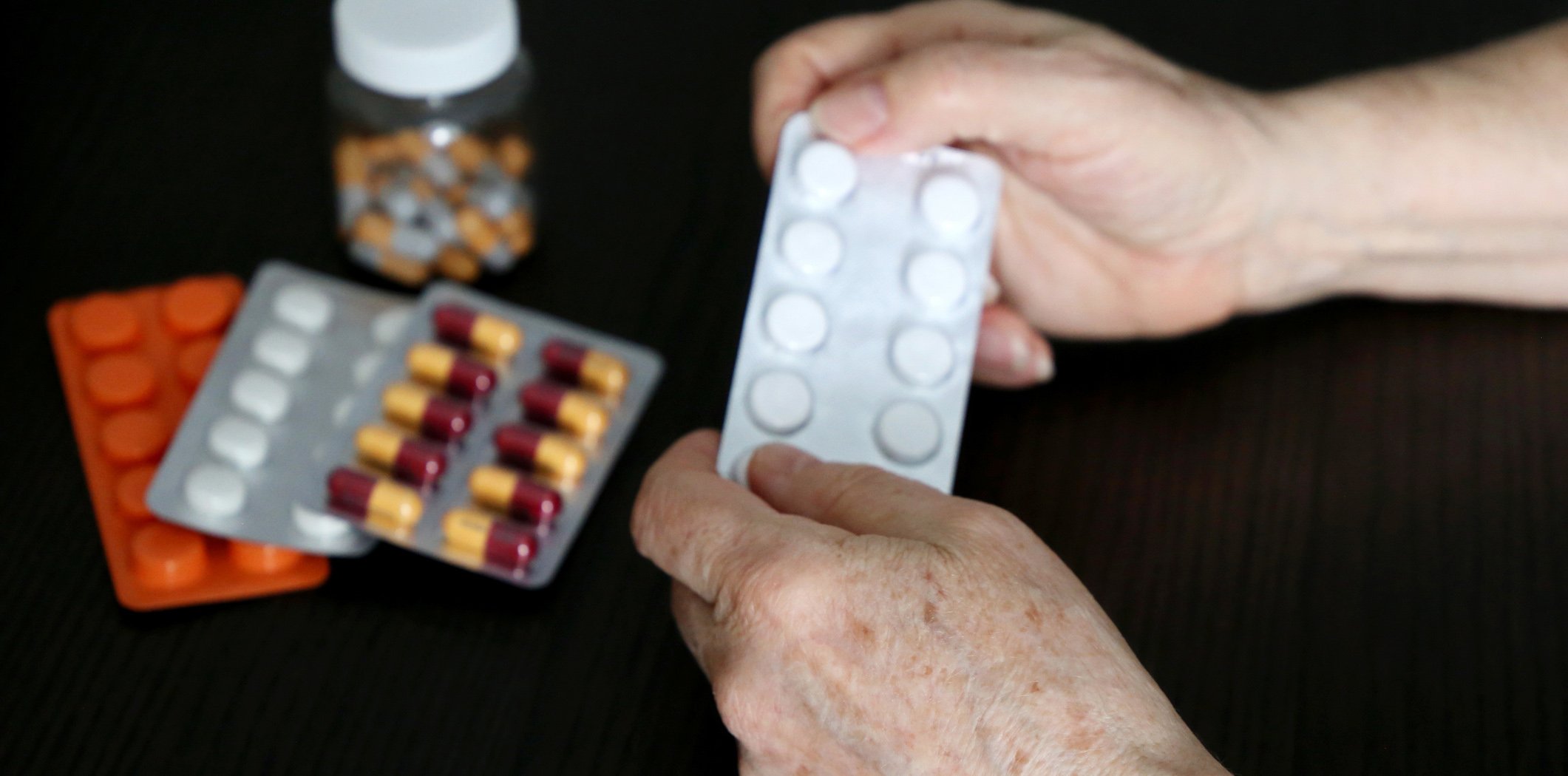Various therapeutic strategies are available for the treatment of patients with relapsing-remitting multiple sclerosis (RRMS), including immunomodulators, immunosuppressants and biologic agents. Although each of these therapies reduces relapse frequency and slows disability progression compared to no treatment, their relative benefit remains unclear. A Cochrane review sheds light on this.
Multiple sclerosis (MS) is a chronic inflammatory and neurodegenerative disease of the brain and spinal cord that results from a complex interaction between genetic background and environmental factors. Its pathophysiology involves several pathological processes, including immune dysregulation, demyelination, remyelination, microglial activation and chronic neuroaxonal loss. In most patients, the clinical course is initially characterized by attacks of neurological dysfunction, with or without permanent deficits. MS has traditionally been viewed as a biphasic disease, with early inflammation responsible for the initial relapsing-remitting (RR) course and delayed neurodegeneration causing secondary progression of disability. However, recent evidence suggests a pathological continuum between the relapsing and progressive phases, with active persistent inflammation and demyelination also seen in end-stage MS. On the other hand, neurodegeneration and neuronal loss leading to brain atrophy have also been observed in earlier stages of the disease, at least in some cases, as shown by the high prevalence of some cognitive impairment already at the onset of the disease.
RRMS typically occurs between the ages of 20 and 40 and has a heterogeneous clinical presentation depending on the involvement of different regions of the central nervous system (e.g. optic nerve, brainstem-cerebellum, cerebral hemispheres and spinal cord). The chronic course of MS usually develops over a period of 30 to 40 years and includes various clinical phenotypes. RRMS accounts for about 85% of patients and about 2-3% of patients per year develop secondary progressive (SP) MS, which is characterized by increasing and irreversible disability that occurs independently of the occurrence of relapses. Male gender, older age at onset and a high frequency of early relapses indicate a higher risk of an incessant worsening of disability. In a minority of patients (approx. 10-15%), the disease is progressive from the outset, which is referred to as primary progressive MS (PPMS).
Symptom relief vs. disease modification
Pharmacological therapies for MS include MS-specific course-modifying therapies and symptomatic treatments, the latter aiming to alleviate symptoms caused by neurological impairment. As the number of effective course-modifying therapies has steadily increased in recent decades. Interest in early MS treatment to prevent long-term disability has also grown. In addition, there is growing evidence that early intervention with highly effective DMTs is associated with a significantly greater reduction in inflammatory activity and long-term disease progression compared to escalation of less effective drugs. While DMTs in the past were mostly immunosuppressive or immunomodulatory and required continuous administration to suppress disease activity, more recently immune reconstitution therapies have emerged that can be administered in short cycles. This extended treatment scenario raises the question of whether DMT should be initiated early or even in pre-symptomatic MS.
A review should therefore find out which disease-modifying drugs best help people with multiple sclerosis to feel better, are well tolerated and have the fewest adverse effects. In particular, it should be analyzed whether one drug is better than the others at reducing the frequency of relapses and disability worsening, and whether one drug is better tolerated than the others or causes fewer adverse events. Fifty studies with 36,541 participants (68.6% female and 31.4% male) were included in the review. The mean duration of treatment was 24 months, and 25 (50%) studies were placebo-controlled.
Patient-oriented therapy management
Several treatment options are available for RRMS patients. Given the wide range of DMTs currently available, many factors related to context and patient preferences, expectations and values are typically considered when clinicians and patients make treatment decisions together. In this review, all immunomodulators and immunosuppressants that have been evaluated in randomized clinical trials (RCTs) with at least 12 months of follow-up in people with RRMS up to September 2021 have been considered.
Interferon beta-1b (EMEA 2002; FDA 1993), interferon beta-1a (Rebif) (EMEA 1998; FDA 2002), interferon beta-1a (Avonex) (EMEA 1997; FDA 2003) and glatiramer acetate (FDA 1996) were the first active substances to be approved by national regulatory authorities. Interferon beta-1b, interferon beta-1a (Rebif) and glatiramer acetate are administered by subcutaneous injection; interferon beta-1a (Avonex) by intramuscular injection. The main side effects of interferon beta are local reactions at the injection site and flu-like symptoms with hyperthermia.
Natalizumab was originally approved by the US Food and Drug Administration (FDA) in November 2004, but was withdrawn by the manufacturer in February 2005 after three participants in clinical trials of the drug developed progressive multifocal leukoencephalopathy (PML), a rare and severe viral infection of the brain. Two of the participants died. Following a re-examination of the participants in the previous clinical trials, the FDA approved a clinical trial with natalizumab in February 2006. No further cases of PML were reported and the drug was again marketed for the treatment of severe RRMS. Natalizumab is administered as an intravenous infusion at a dose of 300 mg every four weeks.
Mitoxantrone was approved in 2000 under the indication “to reduce neurological disability and/or the frequency of clinical relapses in people with worsening RRMS, SPMS or PRMS”. Safety concerns include cardiotoxicity and acute leukemia.
Fingolimod was the first oral medication approved for people with RRMS that reduces the frequency of relapses and delays the accumulation of physical disability. Even at the recommended low dose of 0.5 mg once daily, the FDA and the European Medicines Agency (EMA) warned of a decrease in heart rate after starting treatment with fingolimod and recommended that all patients be monitored for at least six hours for signs and symptoms of bradycardia, as in some patients the nadir of heart rate can be observed up to 24 hours after the first dose.
Teriflunomide was the second oral medication to be approved for people with RRMS. It is taken once daily as a 7 mg or 14 mg tablet. Warnings for this drug included hepatotoxicity and the risk of teratogenicity.
Two other oral drugs are now available for the treatment of RRMS, both of which have a mainly immunomodulatory effect: teriflunomide is the active metabolite of leflunomide and inhibits pyrimidine de novo synthesis, and dimethyl fumarate, the methyl ester of fumaric acid, is converted into the active metabolite monomethyl fumarate after administration.
Dimethyl fumarate has been approved as a first-line oral treatment for people with RRMS. The recommended dose is 240 mg twice daily. The most commonly reported adverse events were facial flushing and gastrointestinal events. In 2021, diroxime fumarate, a further development of dimethyl fumarate, was also approved for the treatment of RRMS, which has a significantly better side effect profile. It is taken as a capsule in the 1st week at a dosage of 231 mg twice daily. The dose is then increased to two capsules (462 mg) twice a day. If side effects such as a feeling of heat or gastrointestinal complaints occur, the dosage can be temporarily reduced.
Alemtuzumab has been approved for the treatment of people with RRMS who have had an inadequate response to two or more medications. The drug is administered as an intravenous infusion at a dose of 12 mg/day for five consecutive days (total dose 60 mg), followed by 12 mg/day for three consecutive days (total dose 36 mg) administered 12 months after the first course of treatment. Special warnings and precautions should be observed during treatment with alemtuzumab, as severe and sometimes fatal autoimmune disorders, life-threatening infusion reactions and an increased risk of malignant tumors have been observed in individuals treated with alemtuzumab.
Peg-interferon beta-1a, which was developed to maintain the effect of interferon beta in the body over a longer period of time, has been approved by the FDA and EMA for people with RRMS. It is administered by subcutaneous injection at a dose of 125 µg every 14 days. The most common side effects are erythema at the injection site, flu-like illness, fever, headache, myalgia, chills, pain at the injection site, asthenia, itching at the injection site and arthralgia.
Azathioprine is a purine analog that exerts its immunosuppressive effect by influencing DNA replication by inhibiting the synthesis of nucleic acids. Due to the positive results reported in placebo-controlled RCTs, it is used in many countries to treat people with MS. It is taken orally as a 2 mg/kg or 3 mg/kg tablet daily. Chronic immunosuppression with azathioprine has been reported to increase the risk of malignant tumors in humans.
Study results in comparison
In the total of 50 studies with a median treatment duration of 24 months, natalizumab led to a strong reduction in people with relapses after 12 months (RR 0.52, 95% CI 0.43 to 0.63; high-certainty evidence). Fingolimod (RR 0.48, 95% CI 0.39 to 0.57; moderate-certainty evidence), daclizumab (RR 0.55, 95% CI 0.42 to 0.73; moderate-certainty evidence) and immunoglobulins (RR 0.60, 95% CI 0.47 to 0.79; moderate-certainty evidence) are likely to lead to a large reduction in the number of people with relapses at 12 months.
Looking at relapse rates over 24 months, cladribine (RR 0.53, 95% CI 0.44 to 0.64; high-certainty evidence), alemtuzumab (RR 0.57, 95% CI 0.47 to 0.68; high-certainty evidence) and natalizumab (RR 0.56, 95% CI 0.48 to 0.65; (RR 0.56, 95% CI 0.48 to 0.65; evidence of high certainty) led to a strong reduction in the number of patients with relapses after 24 months, as did dimethyl fumarate (RR 0.62, 95% CI 0.55 to 0.70; evidence of moderate certainty), fingolimod (RR 0.54, 95% CI 0.48 to 0.60; evidence of moderate certainty) and ponesimod (RR 0.58, 95% CI 0.48 to 0.70; evidence of moderate certainty).
Source: Gonzalez-Lorenzo M, Ridley B, Minozzi S, et al: Immunomodulators and immunosuppressants for relapsing-remitting multiple sclerosis: a network meta-analysis. Cochrane Database Syst Rev. 2024 Jan 4; 1(1): CD011381.
GP PRACTICE 2024; 19(10): 46-47
InFo NEUROLOGY & PSYCHIATRY 2024; 22(5): 30-31












